We’ve Got the Answers to Your Top 10 Road Biking Questions
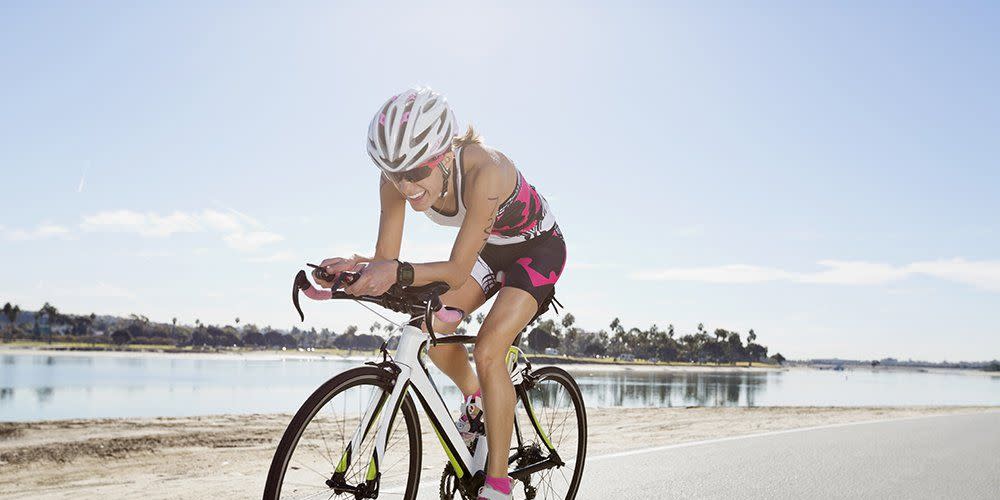
Road cycling can be a confusing sport for beginners. Between the intricacies of equipment, clothing, and language, there is a lot to learn (and buy) before you might finally feel like you fit in. Unless you have a more experienced friend, it can be hard to find someone trustworthy to answer your questions without making you feel naive.
But road cycling doesn't need to be that complicated, costly, or cliquey, and we want to make it easier for you to feel like one of the (chain) gang. Below, we answer 10 common beginner questions to help you get out there and enjoy the ride. (Our Complete Book of Road Cycling Skills will also help you along the way.)
What’s the difference between a mountain bike and a road bike?
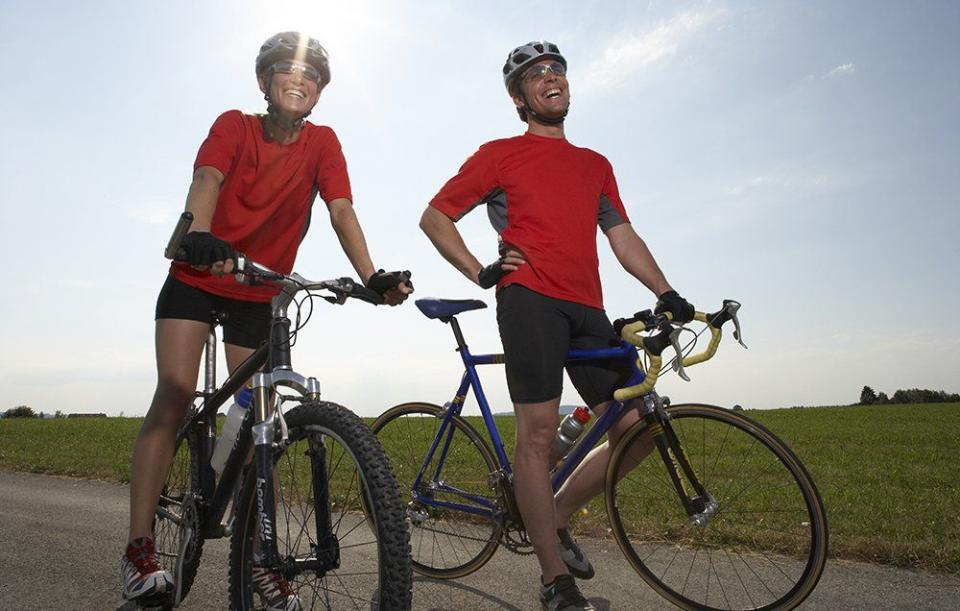
In essence, the differences are simple: Mountain bikes are designed to be ridden more slowly, on more varied terrain, and with more emphasis on control over speed. Road bikes are ridden on smoother and less varied terrain and tend to prioritize speed over control. In practice, this means mountain bikes generally have larger tires, suspension, a wider range of gears with a lower top gear (since you don’t tend to go as fast on dirt), flat and wide handlebars, and geometry that puts the rider in a more upright position. Road bikes generally have a tighter range of gears, curved and narrow handlebars, rigid frames and forks, and narrow tires. Each one is designed to do a specific job, but they can each vary in features.
How long should I cycle at the gym?
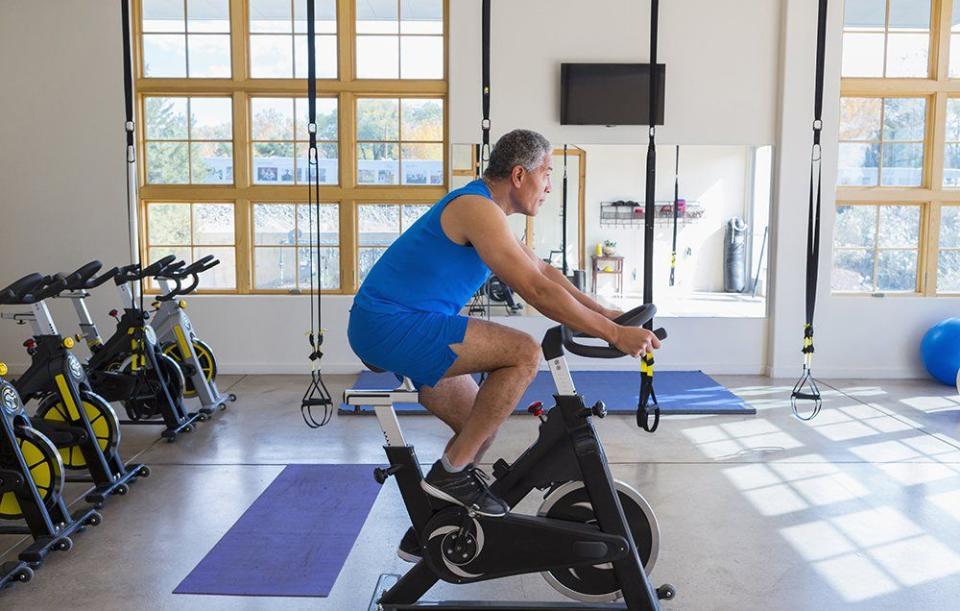
What are your goals? If you want to lose weight, we suggest cramming a few short intervals (periods of high intensity) into the time you have available. Let’s say you warm up for five minutes, then complete 10 one-minute efforts with two minutes of rest in between, before cooling down for another five minutes. You’ll have time to change and get back to work before lunch is over. However, if you’re trying to train for an endurance event, we suggest building up your volume. Try riding at a pace where you can still talk (but not in long sentences) and increase time by no more than 10 percent a week.
RELATED: The Best High Intensity Interval Training Workouts for Cyclists
How should you sit on a bike?
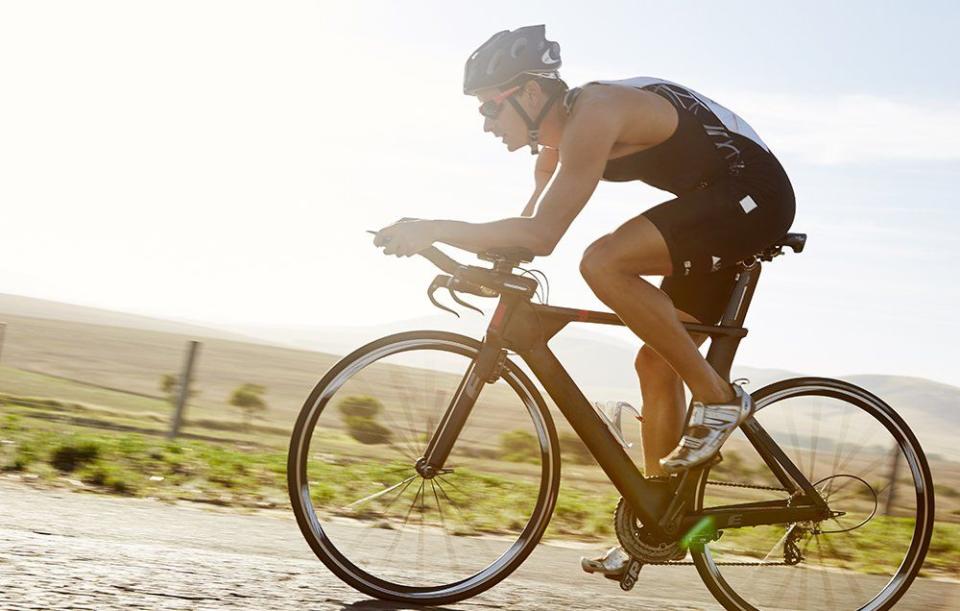
Comfortably! Don’t let anyone tell you that cycling should be uncomfortable. Sure, your legs and lungs might hurt, but your back and butt should not. A great starting point is to set the saddle height so your knee is straight and locked when you have the heel of your foot on the pedal. That way, you’ll have a few degrees of bend in the knee when you pedal, as you should, with the ball of your foot on the pedal axle. You should sit on the widest part of your saddle and be able to reach the bars without feeling stretched.
These stabilizing moves help you stay in the saddle:
Can you use mountain bikes on the road?
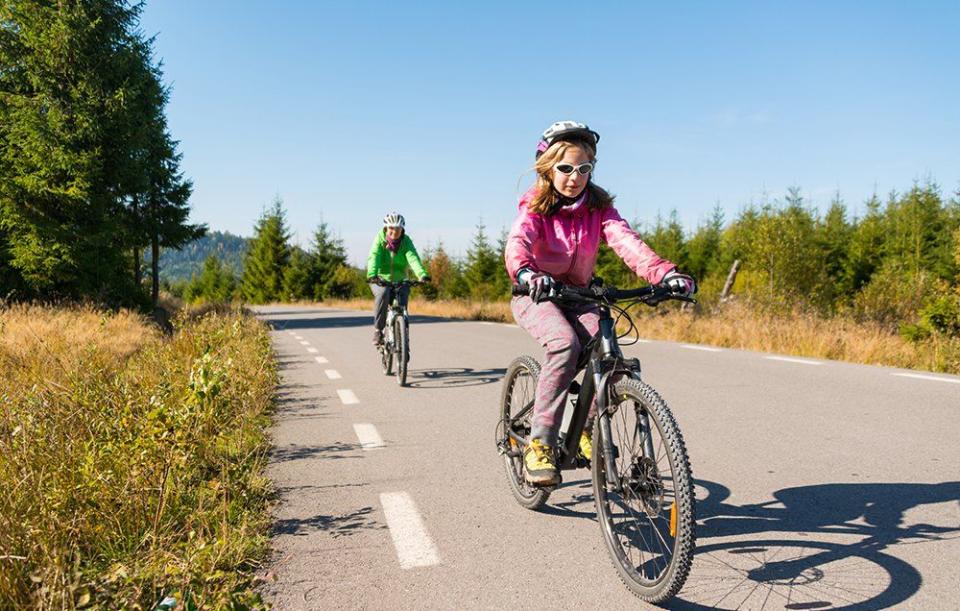
Of course! Mountain bikes favor comfort and stability over speed, so they will feel a little sluggish compared to road bikes. However, this doesn’t mean they aren’t road-worthy machines. We suggest putting a pair of slick tires (with no tread) on your mountain bike and trying a few road rides. If you love it, you can splurge on a road bike. If not, you’re only out $50 for the tires, rather than hundreds or thousands for a new bike. Upgrading to a road bike will offer more suitable gears, a variety of comfortable hand positions, and more efficient transfer of your energy to speed, but you’ll only get faster by riding more. So, run the bike you have until you can get the bike you want!
What size road bike should I ride?
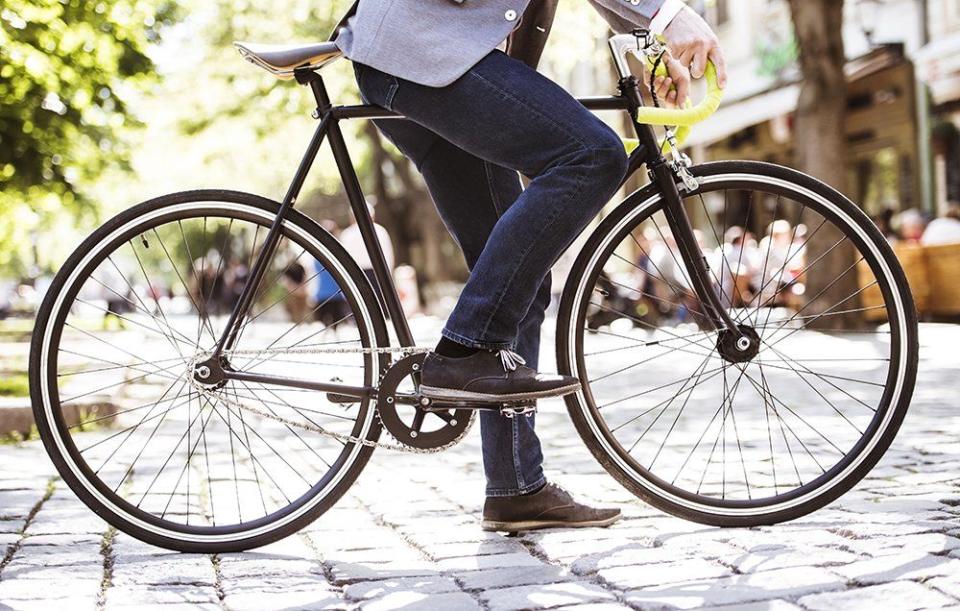
One that allows you to comfortably reach the pedals, brakes, and water-bottle cages. If the seatpost is barely showing and you feel stretched out, the bike is too large. If you need to extend the seatpost near or past its minimum insertion (which is marked on the post) or think you need a stem longer than 110mm, you could probably go larger. We always recommend trying a bike before you buy it or visiting a bike shop for a professional fitting.
RELATED: 7 Ways to Dial in a Perfect Bike Fit
Should I ride with clipless pedals? And why are they called "clipless" when they clip in?
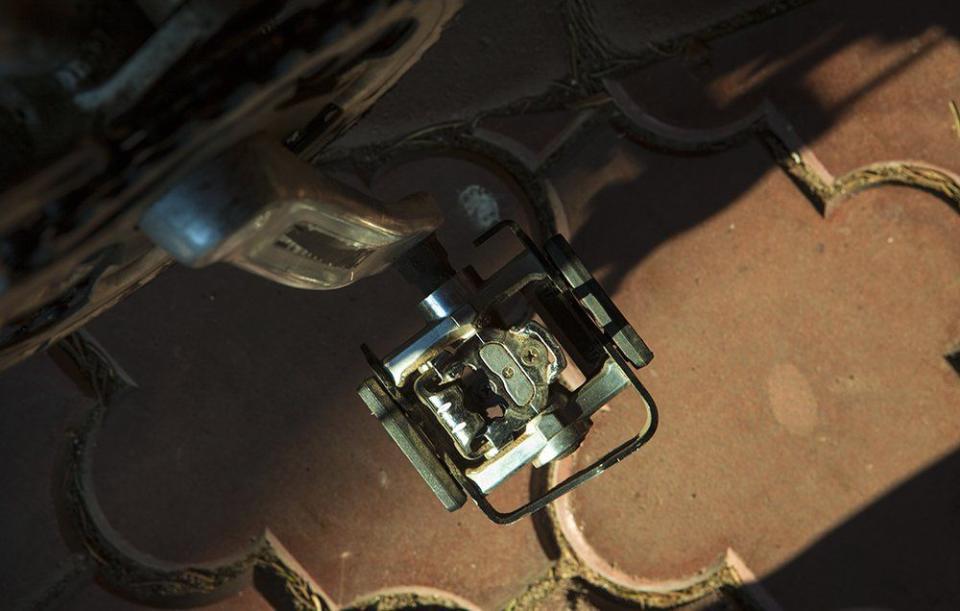
Clipless pedals get their name from the absence of toe clips, which were normal until the French company Look introduced a ski-binding-esque design in the 1980s. They offer more control and efficiency, but take a little getting used to. Once you’ve done a few rides in flats and feel you’re ready, we suggest going to a park to practice clipping in and out on the grass with the pedals at their minimum release tension. Remember to clip out before you stop. And remember that everyone—from national champions to novices—fell over at least once when they first learned to clip out!
What’s with all these gears?
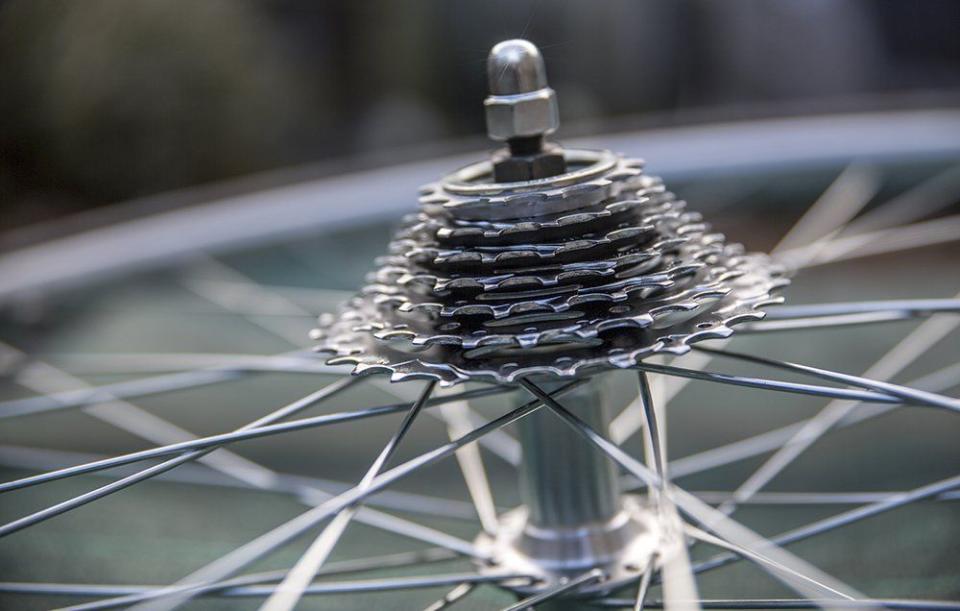
Road bike gears can be confusing! Thankfully, companies like SRAM are making things a little more intuitive these days, but many beginners still find that gearing can be hard to grasp. We suggest avoiding a triple chainset (three rings on the front) and getting a 2x11 setup (two rings up front). From there, try to avoid the “big-big” and “small-small” combinations by changing on the front to avoid “cross-chaining” (running the chain at a diagonal pitch, which decreases efficiency and increases wear). In general, when you make a shift on the front to a harder gear, you should make two shifts on the back to an easier gear to compensate. The same works in reverse. With time, you'll get the hang of it.
What should I eat before a ride?

I have some bad news for you: The days of “pasta parties” are over. Unless your ride will be more than a couple of hours, you can stick to your normal diet the day before. You don’t want to eat too heavily before you head out, either. Good breakfast options should have a decent amount of carbohydrates and not be too rich in fats. We love eggs on toast, nut butter stirred into oatmeal, or a PB&J.;
What should I eat during a ride?
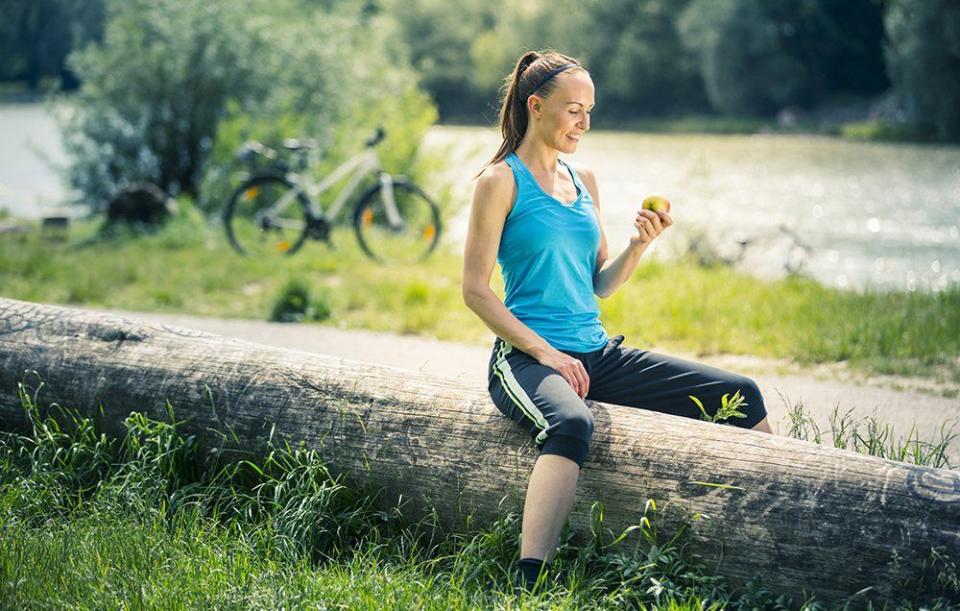
If your ride is under 90 minutes, you can get away with sipping on some water or hydrate with Nuun energy tablets. For longer rides, low-fat and high-carb snacks are best. You can buy energy bars at stores but you’ll also be just fine with a banana, a couple of Fig Newtons, or some raisins. Aim for about 200 calories an hour on rides that last more than 90 minutes, and make sure those foods are high-carb and low-fat.
Do I have to wear spandex?
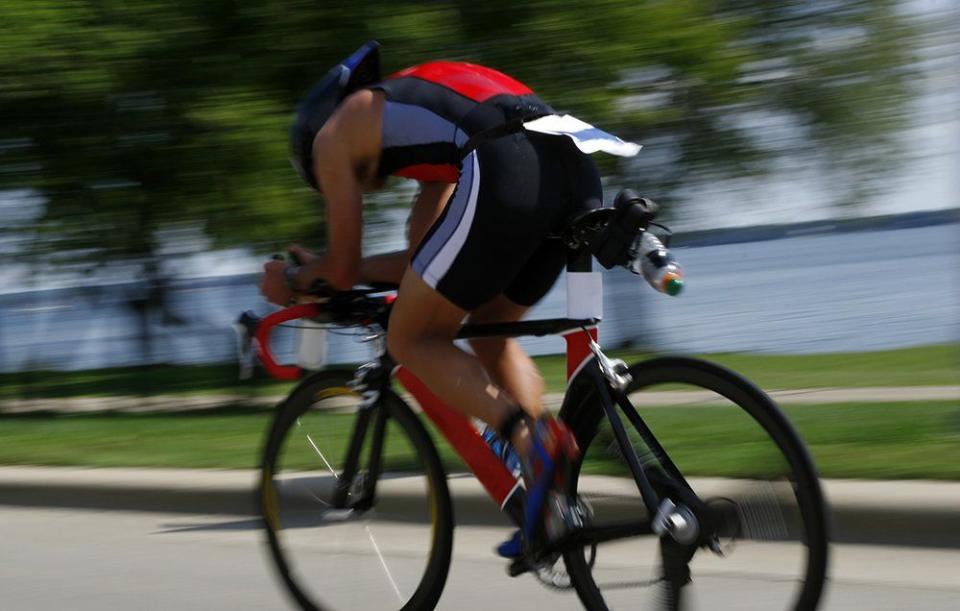
Not at all! Many of our best rides have been in baggy clothes. You should wear whatever feels good to you and makes you want to ride more. Spandex does have its advantages in terms of movement, breathability, and chamois padding. If you don’t feel comfortable in tight clothing, companies like Elevenpine make some fantastic crossover gear. Plus, spandex shorts with pads can always be paired with less form-fitting overshorts. Jerseys with pockets make carrying snacks a lot easier and come in all sorts of cool designs. If you prefer something less revealing, you can always keep snacks in a top tube bag or a small backpack.
You Might Also Like